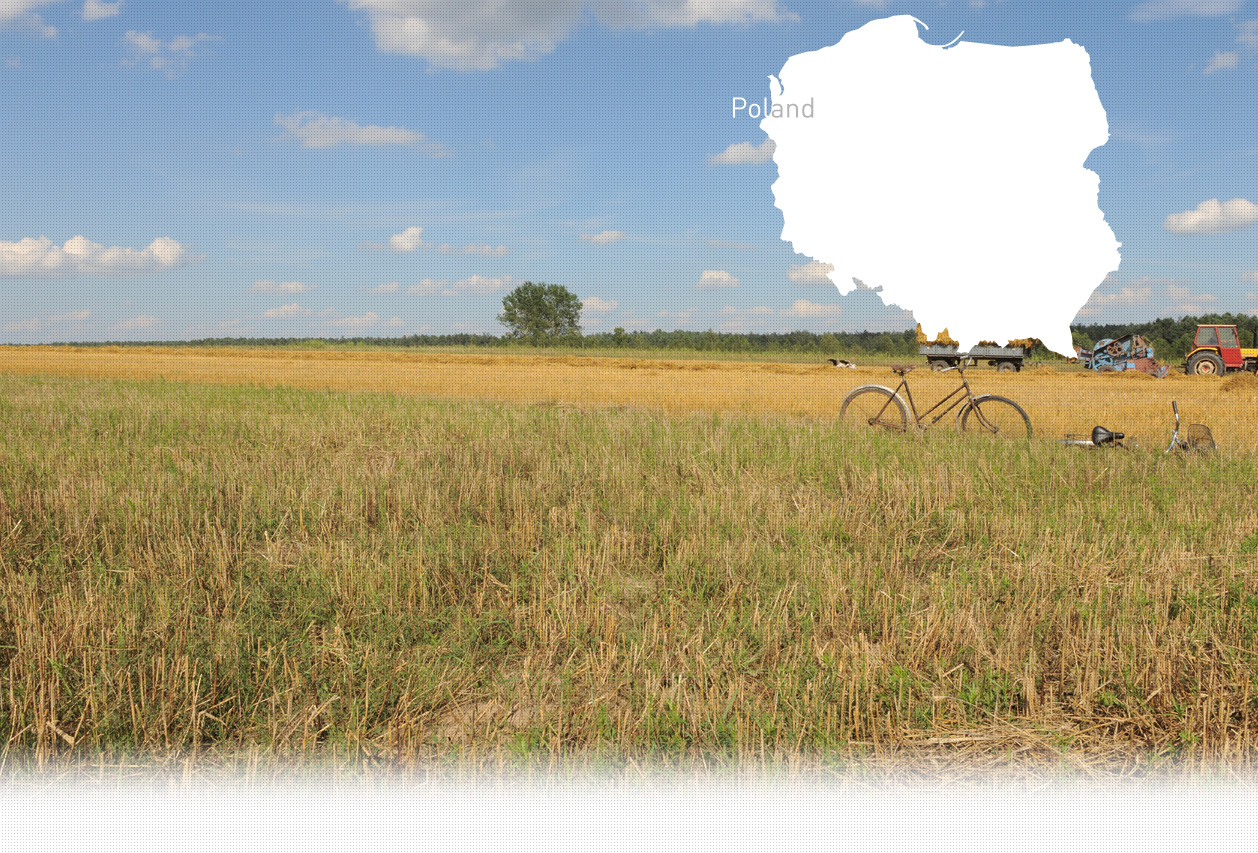

1 Sitio(s) de ejecución
Marianna H., born in 1937:
“Many Jews lived in Ożarów before the war, most of them on Kolejowa Street or on the market square. They were mainly merchants and craftsmen. A Jewish man named Moszko lived in our family house. He was a carpenter and had his own workshop. He made tables, cabinets, and other furniture. He had daughters and a wife. Another Jewish man by the name of Jankiel was a leather worker. He also had a food store. Jewish and Polish children went to school together. In Ożarów, there was a stone synagogue and a Jewish cemetery, which still exists. It was encircled by a red wall. Polish and Jewish relations were very good before the war. At the beginning of the occupation, the Jews continued to work in their businesses. One day in fall, a Jewish police force with red armbands started to take the Jews out of their houses and gather them in the synagogue. The Jews took their most important possessions with them. They were all well-dressed. They stayed there for one or two days. Then they were rounded up to be taken to the Jasice train station. I saw the column of Jews being led to the station along Kolejowa Street. Several jews were shot on the way. Their bodies were later buried at the Jewish cemetery (…)”
(Witness N°1348P, interviewed in Ożarów, on August 22, 2022)
Ożarów is a town in Poland, in the Świętokrzyskie Voivodeship, in Opatów county,historic Lesser Poland. Ożarów lies approximately 24km (14mi) from Opatów and about 85km (50mi) from the capital of region, Kielce.
Ożarów had a vibrant Jewish community prior to the Second World War. Jews had a long and rich history in the town dating back to the 16th century. Over time, the Jewish population in Ożarów grew, and by the early 20th century formed a significant part of the town's population.
The Jewish community in Ożarów was involved in various trades and professions. Many Jews worked as merchants, shopkeepers, and artisans, all contributing to the local economy. They established businesses such as grocery stores, textile shops and workshops for trades like tailoring and carpentry. Jewish farmers were also present in the surrounding area, cultivating the land and engaging in agricultural activities.
The Jewish community in Ożarów had a synagogue where communal prayers, religious services and celebrations took place. Jewish religious traditions and customs were observed, including the observance of Shabbat and Jewish holidays.
Jewish schools, known as cheders, offered religious instruction, teaching Hebrew and Jewish texts. Additionally, there were secular schools where Jewish children received a general education alongside their religious studies.
There were circa. 3.200 Jews living in Ożarów at the outbreak of the Second World War on September 1, 1939.
Almost immediately, the Germans began looting Jewish homes and stores, while also subjecting the local Jews to forced labor. By October they had established a Jewish Police force and a Jewish Council (Judenrat) whose primary responsibility was to provide the Germans with a daily quota of 40-50 men for compulsory labor.
These forced laborers were transported 10 kms outside of Ożarów to perform physically demanding tasks, such as digging up large rocks and breaking them into slag for road reconstruction. The laborers were closely watched on by either Ukrainian or German-speaking guards. As the year progressed, the Germans progressively confiscated Jewish property and imposed financial contributions on the Jewish population. Eventually, the Jews were forced to vacate their homes and relocate to a designated area, with their doors marked with the word "Jude" (Jew).
. Approximately 200 refugees from Lodz, Warsaw, and Krakow sought safety in the town, along with 400 refugees from Wloclawek. Additionally, Jews from neighboring villages were compelled to move to Ożarów. Consequently, the Jewish population in the town increased to 3,941, including more than 700 refugees.
On January 1, 1942, the Germans established a ghetto in Ożarów within the section already occupied by Jews. Although not fenced in, prominent signs warned that any Jew found more than 1 km from the town would be shot. By April 1942, the ghetto housed 4,471 residents.
In June 1942, Ożarów was selected as one of 17 points for Jewish concentration. The influx of Jews from nearby settlements increased the ghetto's population to 6,648. Then, on September 3, 1942, approximately 3,000 Jews were assembled at the market square for selection. Many young Jews were chosen to be sent to various labor camps, including the HASAG ammunition factory in Skarżysko-Kamienna. These Jewish workers were led in columns to the Jasice railway station, located about 5 km from Ożarów, to be transported to their assigned camps. Meanwhile, the remaining Jews in Ożarów worked temporarily in a workshop that produced straw baskets for ammunition storage, established in July 1942.
The liquidation of the ghetto occurred in late October 1942. Approximately 4,500 Jews, mostly the elderly, women, and children, were forcibly taken, either on foot or by carts, to the Jasice train station. From there, they were transported to the Treblinka extermination camp. According to Yahad witnesses, several individuals were shot by the Germans on the road to Jasice.
¿Tiene información adicional con respecto a un pueblo que le gustaría compartir con Yahad?
Por favor contáctenos a contact@yahadinunum.org
o llamando a Yahad – In Unum at +33 (0) 1 53 20 13 17